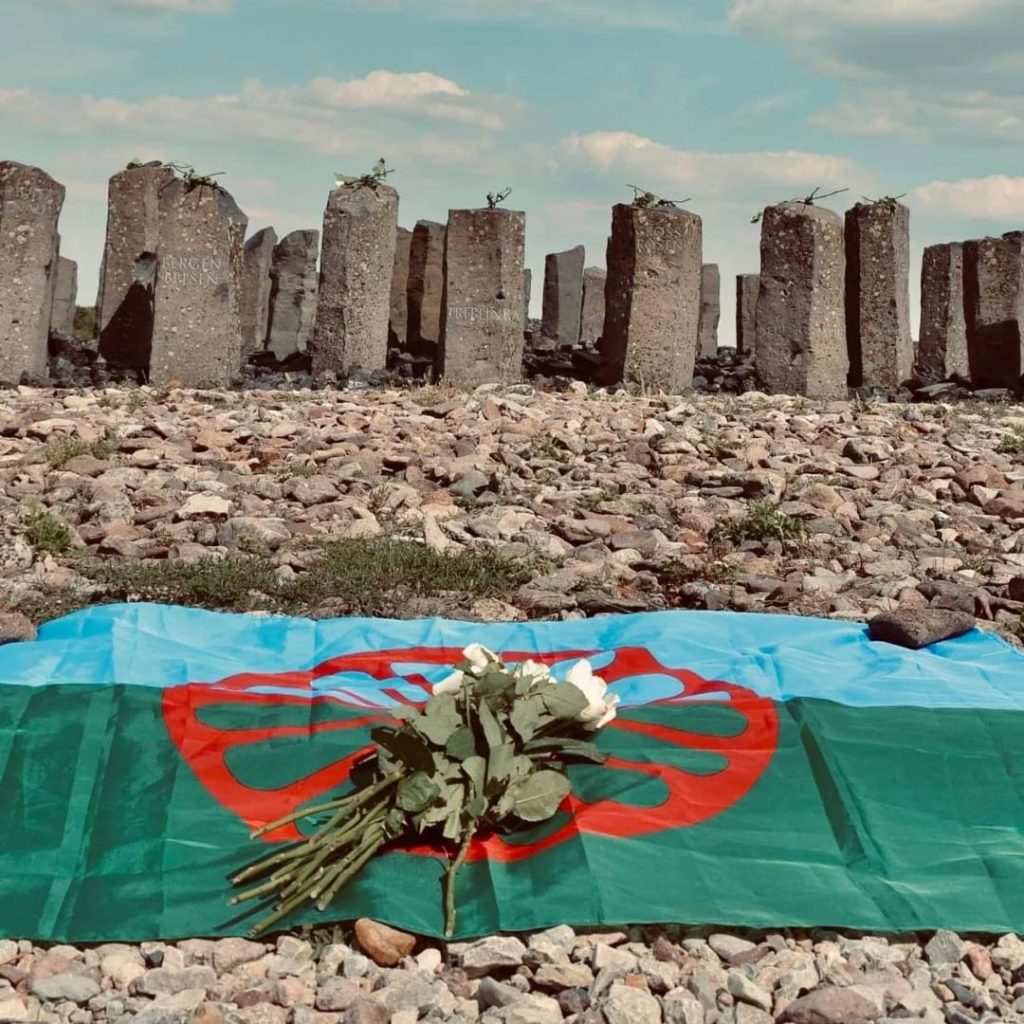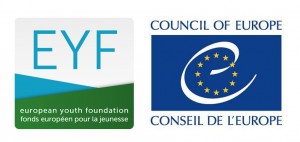The second edition of the seminar series dedicated to the Roma Holocaust took place from 7-10 August 2022 at the European Youth Education and Meeting Centre in Weimar and Buchenwald, Germany. More than 40 young people took part in a seminar dedicated to the Roma Holocaust and national perspectives on what happened to Roma in different countries during the Second World War, where they learned from survivor testimonies and visited the former Buchenwald concentration camp.
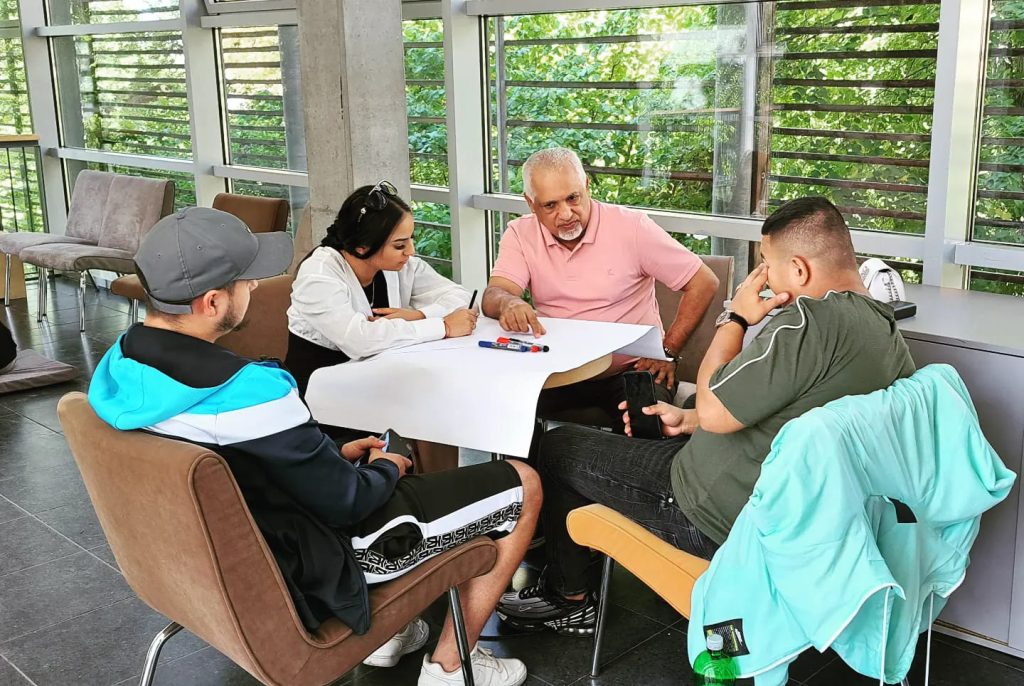
The activity targeted Roma and non-Roma youth leaders, youth workers, multipliers, educators, trainers, volunteers and activists. Our aim was to constitute a group with diverse experiences, in particular multipliers who work on local, national or international level on issues of remembrance, Holocaust and human rights education. We were looking for participants who are motivated to follow up on the seminar and are actively involved in their organizations or as educators in order to apply the developed skills.
On the first afternoon of the seminar the participants reconnected and got to know each other. After the team building a session was dedicated to remembering the activities that took place in April 2022 during the first seminar dedicated to Romani Resistance in Oświęcim, Poland and participants in small groups shared their commemorations or educational activities what they have implemented or joined in their countries.
The next day started mapping in national groups (or groups with neighbouring countries) what happened in participants countries during World War II (or during the Franco era) with Roma and Sinti people. Participants were divided into national working teams to research and present the faith of European Roma during World War II from a national perspective. During the presentations it became clear to the audience that Roma were oppressed by laws, stigmatisation, and exclusion in many countries far before the beginning of the World War II. There were discussed the similarities and the differences between the various national contexts.
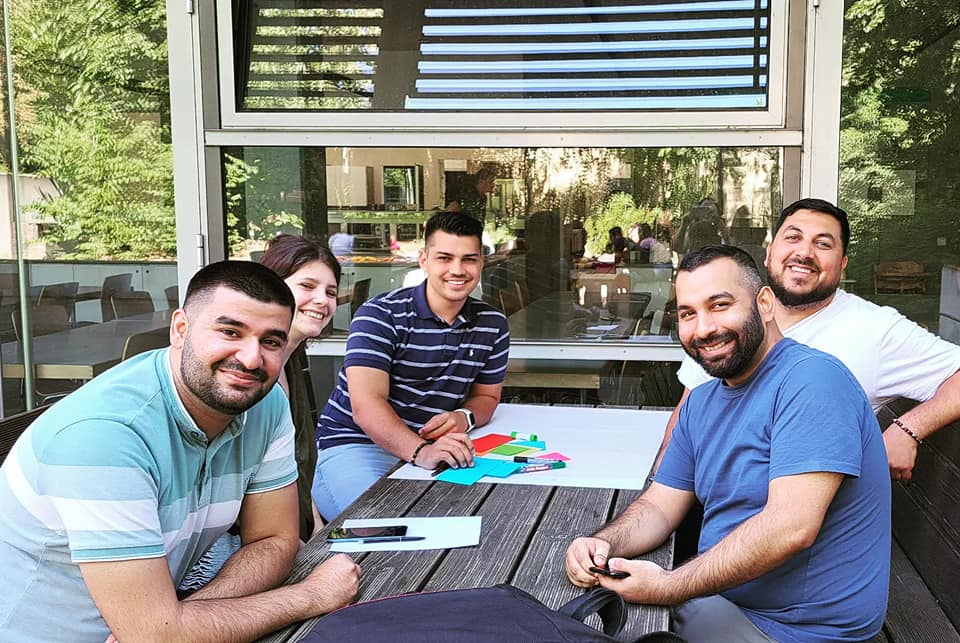
After this session and mapping national history, participants got to know a publication of Phiren Amenca “Museum of the Roma Holocaust” to connect participants with different ways of learning about the Holocaust and how to work with the content with other young people in a creative way.
In the afternoon participants got to know more about the faith of the Sinti and Roma women in the Ravensbrück female concentration camp, Germany with a lecture presented by Janka Csepregy. Mrs Csepregy presented collected impressions and memories from Roma and Sinti women survivors from the Ravensbrück camp. After participants got to know more about the code of conduct when visiting a concentration camp. They brainstormed in small groups and in plenary about ideas on conducting an own Roma youth commemoration of the Roma and Sinti who lost their lives in Buchenwald, followed by a preparation.
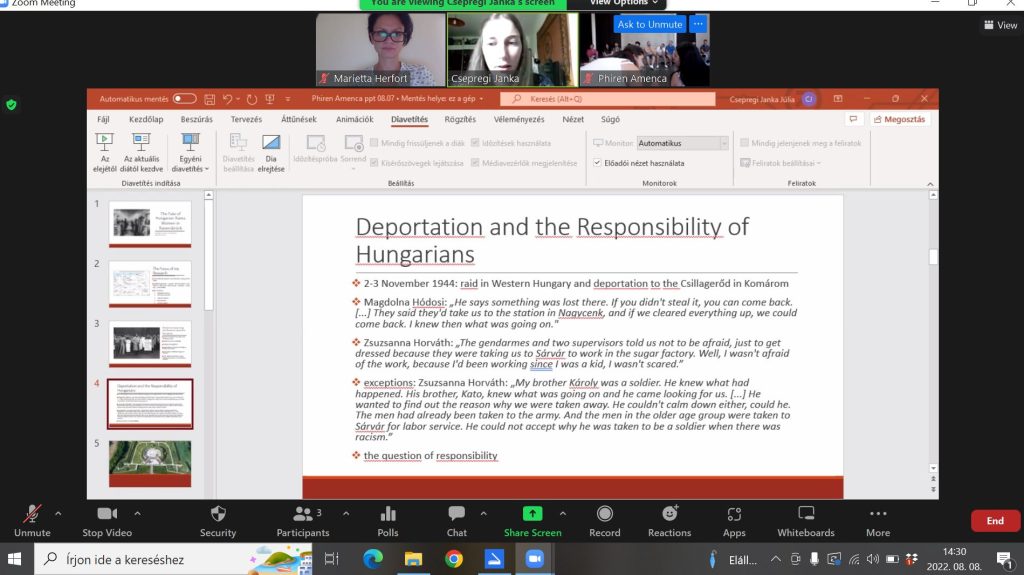
On the next day the participants visited the former concentration camp of Buchenwald where they were divided into two groups led by professional guides. In each group, before the actual tour, participants sat in the Buchenwald Young People’s Center. There were discussed the participants’ expectations from the guided tour and a general overview of the tour in Buchenwald was given.
Further, participants were guided through the former concentration camp of Buchenwald which had more than 130 smaller, so-called, satellite camps, with a special focus being put on Sinti and Roma. Participants managed to learn about the faith of different individuals, such as the faith of the Sinto brothers Willy and Rudolf Blum. Willy Blum was only 16 years old when he volunteered for the transport to Auscwitz because he didn’t want to leave his little brother Rudolf alone. Both Willy and Rudolf Blum were murdered upon their arrival to Auscwitz-Birkenau.
Participants got to see also where the two Roma and Sinti blocks at the lager were located. They were introduced to the history of the Buchenwald camp from the 1930’s until present days. Consequently, participants had a lecture on reflection and Q&A session back at the Young People’s Center followed by a Commemoration Ceremony at the Roma and Sinti Monument located at one of the Roma and Sinti Blocks inside the Buchenwald Camp. Participants sang together the Roma anthem ‘Gelem-Gelem’, they read a poem written by Binu Bill Bright, one of the participants, after his visit to the Auscwitz-Birkenau concentration camp in April 2022.
Further a collective speech was recited presenting the emotions of the participants and their associations with Buchenwald as well as a Hungarian Roma song dedicated to Holocaust was sang. The commemoration ended with laying flowers at the memorial.
A video from the preparation for the commemoration and the commemoration here:
After arriving back to the youth centre, participants had the honour to meet online the Jewish Holocaust Survivor Eva Fahidi. Born in 1925, Eva loses more than 20 relatives and her entire family in Auscwitz-Birkenau. Later, she is deported to work in one of the satellite camps of Buchenwald, Germany. She, together with more than 20 relatives of her, are transported to Auschwitz-Birkenau, where she loses all of her family.
“I remember the Roma children in Aushwitz in front of the barracks. Big eyes. Hungry. No child deserves that. I arrived with my family but at some moment when I looked around, no one was there anymore. I asked where are my relatives and a woman pointed with finger to the smoke of the chimney. Your family is there, she said. People were going to a house and they were never coming back”. Eva finds some of her classmates from Debrecen and she’s really happy that she has someone to stick with. After a selection they are being transported to one of the satellite camps of Buchenwald, Germany where they work in a factory for the production of bombs.
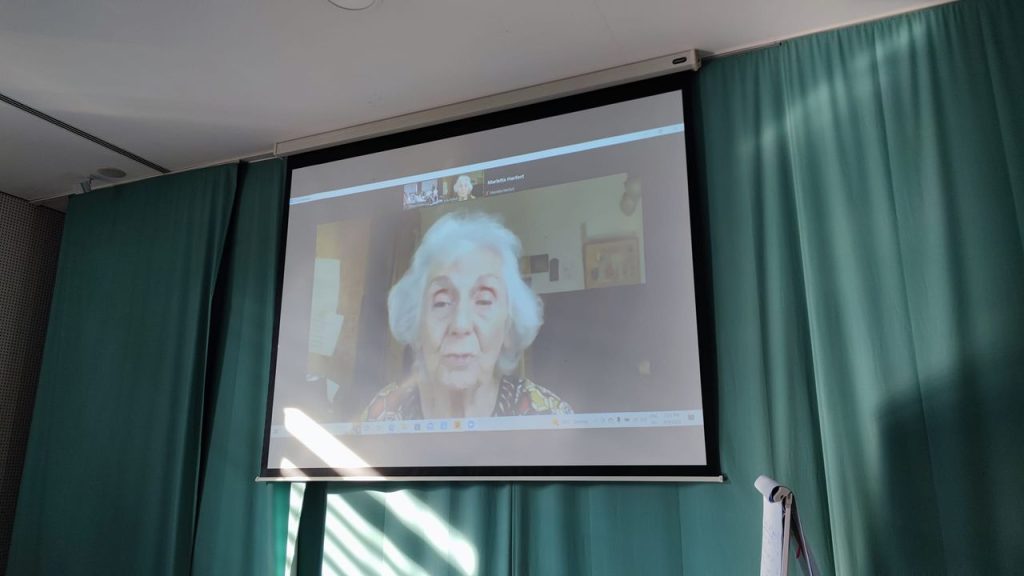
“One day we didn’t go to the factory. It was an extraordinary day. Soldiers came and asked who we are. We told them we are nice good Hungarian students from Debrecen”. Eva is being situated in a German family to recover. After she goes home to Debrecen, where she barely recognizes her own house. She knocks on the window, but she’s not allowed to enter her own house because it’s populated by others. No one from her family is there. Then she finds her uncle in Nove Zamky, Slovakia and it takes her two years to recover. Later she comes back to Debrecen and she gets married. After more than 50 years Eva is back to Krakow and she takes the courage to visit Birkenau again.
“I was scared. This was not the camp I left. I left my family in that camp. There were trees and when I was there, there were no trees”. Participants had a lot of questions to ask and the message of Eva was: “Don’t forget, tell my story!”
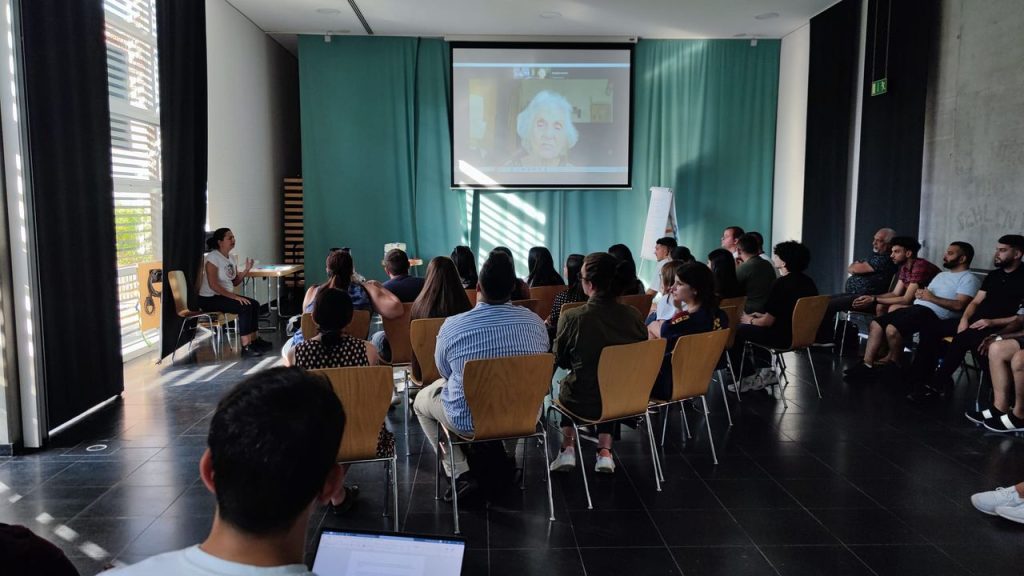
The next day started with a discussion in small groups on how to work with survivor testimonies with young people, how they can share the reminiscences of Eva Fahidi, for instance and we have shared with them the IWitness platform, where they can find different testimonies and tools working with them.
The afternoon was dedicated to develop participants own initiatives and we did set up a timeframe: until when to implement the activity, and we offered an online consultation with the group and individuals where we discussed the development of these ideas. After the evaluation, the seminar was closed.
